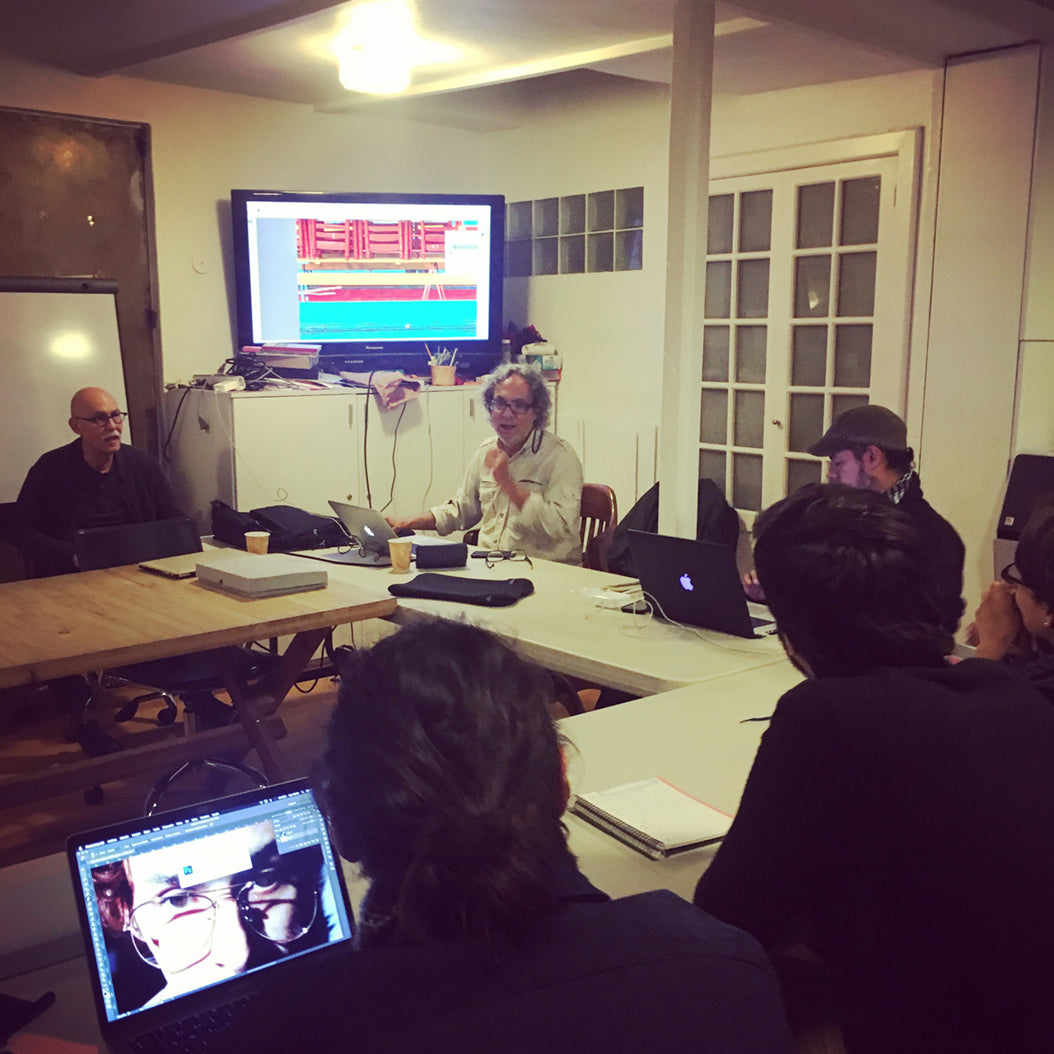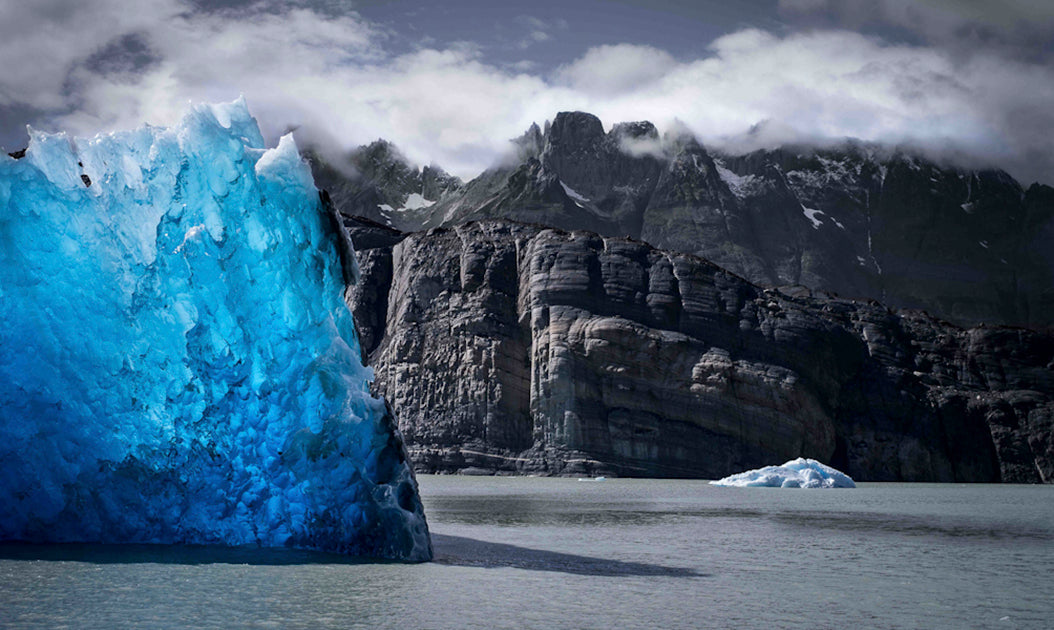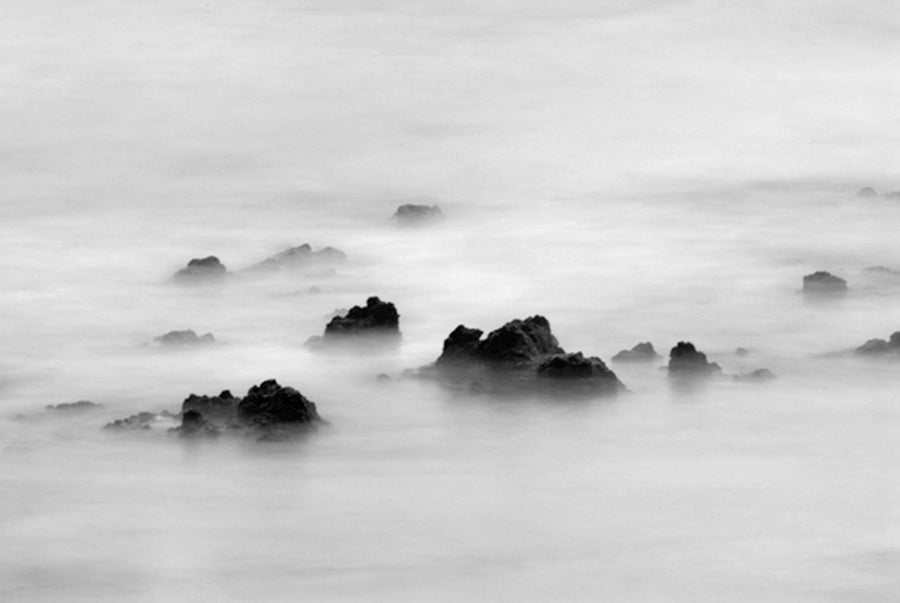
DIGITAL PRINTING AND IMAGE INTERPRETATION
GABRIEL FIGUEROA FLORES JAVIER HINOJOSA
From 28 to 31 August 2018
In the last decade, photography has undergone a dizzying transformation. The most widely used photography today is digital technology.
Most authors make use of digital programmes for the processing of their work. Digital printing technology has been transformed in the same way and there are now many different and varied ways to print.
We consider it especially important for authors to have a basic knowledge of how to print their files on digital plotters, so that they can experiment more in the creation of their work, and at the same time have more control over their prints.
The digital image allows a great plasticity to be modelled and transformed in an almost infinite way with the right knowledge base.
This workshop is aimed at authors who are interested in becoming self-sufficient and printing their own work, authors who want to know how to send their files to a lab or what to ask the printer, as well as participants who plan to open a lab for public attention, and for them we offer this workshop given by two of the best printers in Mexico who have an important trajectory both in their professional lab and in the field of their own author's work.
Gabriel Figueroa Flores
He studied his BA in Visual Arts at the University of Westminster, England graduating in 1977. He took further courses with Ansel Adams in 1975, Manuel Álvarez Bravo in 1983, Arnold Newman in 1985 and Eikoh Hosoe in 1996.
He is the author of several books such as: Sinaloa (1986); Archipiélago Revillagigedo, La Última Frontera (1988), Arquitectura Fantástica Mexicana (1991); Ciudad de México, Restauración de Edificios Vols. 1 y 2 (1988-94); 500 años de Baja California (1997).
He has contributed to several national and international publications, such as Life Magazine, New West, New York, Landscape Architecture, Artes de México and Los Universitarios. Among his publications are: Ten Landscapes, edited by James Graysson Trulove, (Gloucester Massachusetts, USA, 2002) and Paraíso Mexicano, Editorial Planeta (Mexico, 2002).
He is the depositary and restorer of the photographic legacy of his father, the cameraman Gabriel Figueroa, having produced a body of photographs of his best frames and scenes, in various portfolios, both of photoserigraphs, platinum palladium prints, photographs and digital copies.


JAVIER HINOJOSA
Javier Hinojosa's photography carefully studies the possibilities of contemplating the landscape, which invites us to reflect recurrently on our relationship with nature and various historical spaces.
Since 1998 he has travelled around the country, in the manner of the old expeditionaries, photographing pre-Hispanic architecture; he has thus put together an extensive catalogue, printed in a variety of techniques, which has travelled around the world in various exhibitions.
Described by Juan Villoro as a "photographer of solitude", and faithful to his conservationist spirit, for fifteen years he has been developing the Estaciones project, a register of protected natural areas in Latin America; as part of this work, Hinojosa has also portrayed the other side of Mexico City: forests, wetlands, peaks and ravines that have remained on the margins of urbanisation processes.
His work has been exhibited in museums and galleries in Latin America, the United States, Europe, Asia, Africa and Oceania, and forms part of collections such as the Museo Universitario de Arte Contemporáneo (MUAC), the Fundación Televisa and the Museo de Arte Precolombino e Indígena de Montevideo.
